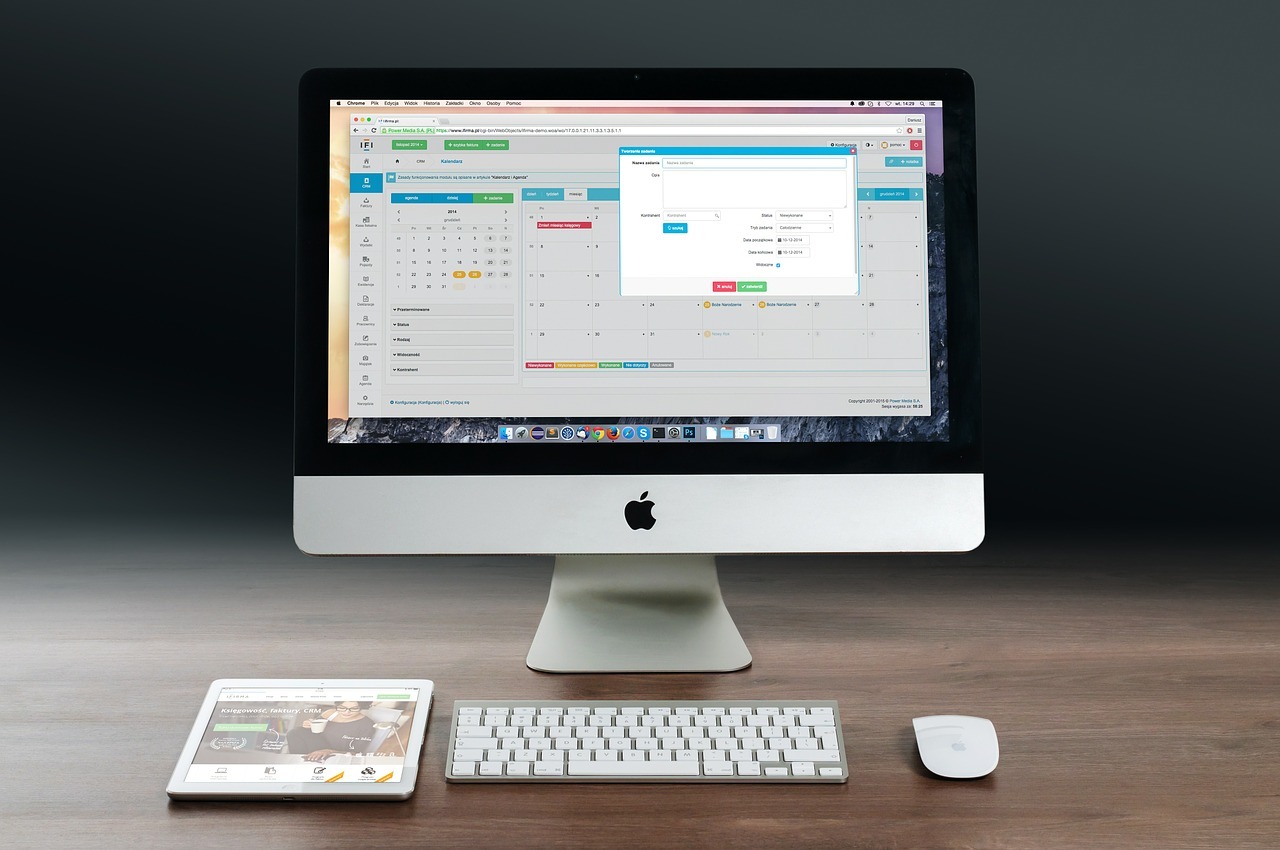Turnover is costly. That is an accepted fact in all industries and is something retailers have struggled with since the dawn of the brick-and-mortar store. Hay Group (www.haygroup.com), a global management consulting firm, has found that turnover in the retail sector increased 16 percent for part-time and hourly employees from 2011 to 2012. With that large of an uptick, it makes sense for savvy retailers to implement better strategies to hire the best candidates and improve employee retention.
Create a Real-World Job Description
To build a solid hiring strategy, you should start with the job description. The job description should define the position in real-world terms that allow both the hiring manager and the employee to understand the specific skills, competencies, and attitudes needed to be successful in the role. The job description will also give the candidate a good understanding of the conditions of the work environment, such as the need to stand for most of the shift or the ability to lift 50 pounds frequently. These types of specific statements will also help you if you ever find yourself in court defending why you chose one candidate over another. Additionally, vague or general job descriptions do nothing to get the right people in place.
To build a real-world job description, start by making a list of all the tasks that this person will be expected to perform, and list all the skills and knowledge (competencies) he or she must possess to be good at the job. Determine what your requirements are for the job and detail them. This includes such things as having a high school diploma or a college degree or having a certain amount of experience in a retail environment. Also include a general statement that the job description is subject to change without notice or that there will be other responsibilities and duties required as assigned by the supervisor. This allows you to be detailed with your job description, turning it into a workable job aid, while still leaving flexibility in your business.
Plan out the Interview Process
Once your job description is complete, it is time to plan the interview process and determine the questions you will use to find the right candidate for the role. Start by building an interview guide that gives steps for the entire hiring process, from where and when to post job descriptions to how to schedule interviews and follow-up calls. The instructions should be detailed for each step, including such points as “Find a quiet room and schedule at least an hour without interruptions for each interview.” This may sound like a no-brainer, but countless managers have tried to perform job interviews on the fly, resulting in poor hiring choices.
When it comes to the actual interview, start with some questions that help break the ice and relax the job candidate. Next, ask questions based on the competencies (knowledge needed) that you defined in the job description. For example, you may have a section focused on problem solving, a section focused on selling skills, and so on.
It is important to use behavioral or experience-based interview questions. They help you cut through the minutiae that you hear from candidates who are just really good at interviewing. You’ve heard those general statements many times. Two that come to mind immediately are “I’m a people person!” and “I go the extra mile for all my customers.” Those statements may be true or they may be false. You won’t know unless you delve. Use STAR questions to get to the true experiences. (See “Build Experienced-Based Interview Questions” in sidebar)
Finally, leave plenty of room for notes. A good interviewer will take a lot of notes that can be referred to when making a decision between multiple candidates.
Build a Benefits Document
Your business is unique, and as a result, there are benefits to working in your store that the average person would not know about. Top talent is already working somewhere, and to get those folks into your business, you have to give them a reason to apply. A benefits document is a great way to tell prospective employees what makes working for you so great. Don’t just assume that people know what benefits you offer. While they may have an idea, only you can fill in the details and show them what’s so great about your store. Do you offer health benefits? Say so. Do you offer health benefits for part-timers? State that in bold print! Do you offer flexible hours? Let them know. Do you offer a product discount? List how it works with enthusiasm! Is your environment clean and free of grease? Yes, this one may sound a little strange, but if you are standard retail, you are competing with fast food restaurants—and I have seen this tactic work! Does your organization support particular charities or local organizations? Say so in the benefits document. The younger generations take corporate social responsibility seriously and engage with companies that do, too!
Leverage Your Key Employees While Recruiting
Human beings are habitual creatures. One of our habits is to associate with people who are like us. This is a tremendous benefit when you are in recruiting mode. You already have some good employees. Be sure you’re leveraging their personal networks.
Create an employee-referral program. Give your employees something extra for bringing you good talent. Ensure you structure the program so that the reward is given only after the new employee stays for a specified period of time.
Design a recruiting card that you can give to everyone in your business. The card should very simply communicate that you are always looking for good talent and include details for how to apply. Ask your employees to pass out cards when they encounter people who have displayed great customer service. (See “Use Recruiting Cards to Find Great Talent” sidebar)
Leverage Social Media for Recruiting
Social media has shifted the way we communicate in this world. And, it has created a shift in recruiting as well. Statistics show that 80-90 percent of human resources professionals will use a tool such as LinkedIn to source candidates. The younger generation spends a great deal of time on social media. Many brands like Starbucks or Taco Bell have created Facebook pages, LinkedIn accounts, Twitter handles, and Pinterest boards focused specifically on recruiting new talent. Don’t leave this important avenue out of your recruiting strategy!
Start small—don’t try to leverage every social media out there, or you will be overwhelmed. LinkedIn is a great place to recruit managers because more than 50 percent of its users have a bachelor’s or master’s degree. Post job openings on your Facebook page. It already connects with your fans who have tremendous emotional connection to your brand. That’s a passionate talent pool from which to recruit.
Build Your Strategy with Retention in Mind
In a 2012 survey, Hay Group cited that 74 percent of surveyed retailers said that pursuit of better career opportunities is the number one reason for turnover in their company.
To offset this, be sure you develop career paths within your company and communicate these opportunities to employees. Don’t just assume that candidates or current employees will know that they can have a career with your company; share that information with them.
Once you have the career paths defined, put them on your benefits sheet so that new candidates can see that working for you will allow them to grow and achieve a better position if they excel in their role.
Communicate your organization’s structure and how it works. If you don’t already have one, creating and communicating a real-world organizational chart is a must when you are developing a culture of career growth and opportunity.
While it may seem unimportant to have an organizational chart in a small store environment or family business, without the chart there is tremendous room for confusion when new employees are trying to determine chain of command.
Use these tips in your store, and you should greatly improve your hiring strategy. The key is an efficient system and clear communication with candidates as to what it takes to be successful and how it will benefit them. Just like everything else in this world, you can best engage your candidates by showing what’s in it for them.
Build Experience-Based Interview Questions
Experience- or behavioral-based interview questions are designed to cut through general statements and really get at whether or not the candidate truly has the experience you are looking for. Experience-based questions should be built to get a STAR answer: Situation, Task, Action, Result. You want to know what the situation was, what the task involved, what action the employee took, and what the result was. Don’t let them off the hook without telling you the result; you want to know what the outcome of their behavior was.
Here are two types of experience-based questions:
1. “Tell me about a time when you went above and beyond the call of duty for a customer. Please give me the names of those involved if you can remember.”
2. “Tell me about a time when you were a team leader or in charge of a project and you realized that you weren’t going to meet the deadline set. What did you do and what was the final outcome?
You can see that these questions are designed to get at specific information. The more specific you can direct the candidate to be, the more confident you can be that they really had that experience and are not trying to give a general answer. If they can remember the name of the customer they went the extra mile for and the specifics behind the situation, you can determine how they think in those situations and make a better hiring decision.
Use Recruiting Cards to Find Great Talent
It is often true that talented people are already working for someone else. In this crazy economy, employee engagement is low across industries, and as a result, there is tremendous opportunity for retailers to attract excellent talent.
A recruiting card is an easy way to engage people who are currently working for someone else without walking into the store and upsetting the manager or owner. It is simply a business card that says, “Wow, you really impressed me!” or similar verbiage on the front. On the back of the card, you state that you are always looking for exceptional talent in your store, and invite them to apply.
These cards can be given to all your employees. When they are out in the world and they experience great service, they can drop that card. And don’t forget to use the card yourself. Stellar service is becoming harder and harder to find, so when you come across a superstar, let them know you have a great place of employment if they are ever looking for a new job!
Tina Praino is an experienced retail strategy consultant who has held positions from store-level management through executive management in her 20 years in the industry. She founded Engaging Retail because she is passionate about sharing her knowledge with others. Visit www.engagingretail.wordpress.com.









